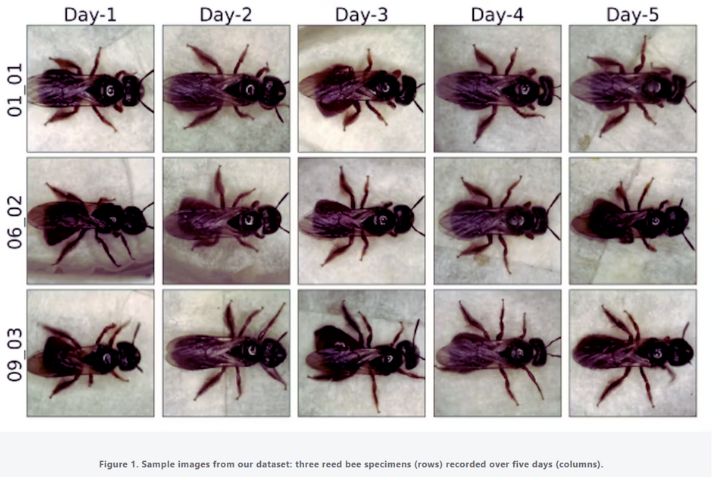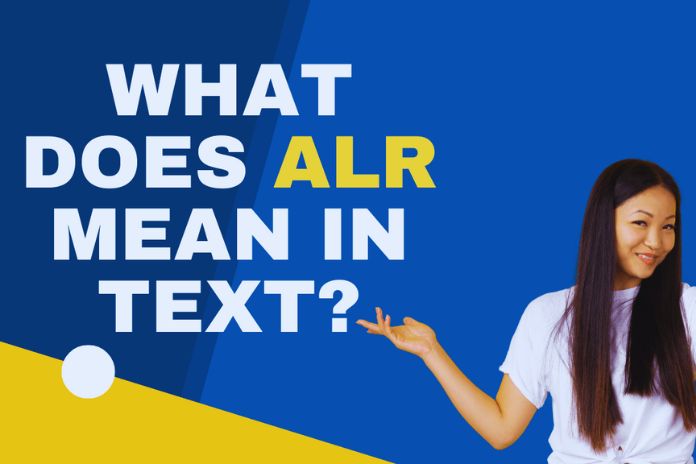Authors:
(1) Asaduz Zaman, Dept. of Data Science and Artificial Intelligence, Faculty of Information Technology, Monash University, Australia (asaduzzaman@monash.edu);
(2) Vanessa Kellermann, Dept. of Environment and Genetics, School of Agriculture, Biomedicine, and Environment, La Trobe University, Australia (v.kellermann@latrobe.edu.au);
(3) Alan Dorin, Dept. of Data Science and Artificial Intelligence, Faculty of Information Technology, Monash University, Australia (alan.dorin@monash.edu).
yield strong results, they require substantial computational resources and time, particularly
2. Related Works
Tracking individual animals has long been a cornerstone of behavioural research. Conventional methods often rely on physical tags, paint marks, or RFID systems to distinguish individuals within a population. While effective, these approaches can interfere with natural behaviour, particularly in delicate species such as insects.
Recent advances in computer vision and deep learning have made markerless re-identification (re-id) an appealing alternative. By training algorithms on image or video data, researchers can track individuals without altering their behaviour. However, studies show that this is particularly challenging when dealing with species that are morphologically similar, as in the case of bees and other insects.
Several frameworks have been proposed for insect tracking. For instance, convolutional neural networks (CNNs) and transfer learning have been employed to classify individuals, often relying on extensive manually annotated datasets. While these approaches achieve strong results, they demand significant computational resources and time, especially in longitudinal studies where subject attrition is high.
The inefficiencies of forward-looking training have led researchers to consider new approaches. Retro-identification builds on these existing frameworks by reversing the timeline of analysis—focusing on subjects that prove to be significant at the end of a study and tracking them backward. This concept has not been widely tested before, making the current study one of the first empirical validations of retro-ID in real-world behavioural research.
3. Method
3.1 Study Subjects and Data Collection
Our dataset consisted of 15 reed bees (Exoneura robusta), small semi-social pollinators that exhibit high physical similarity and often share nesting spaces. These characteristics make them an ideal test case for re-identification research.
Observations were conducted over a five-day period, during which continuous image data was captured. Each bee was monitored to evaluate the feasibility of distinguishing individuals based on appearance.
3.2 Experimental Design
We designed two comparative model training strategies:
-
Chronological training: Models were trained using day 1 data and tested sequentially across days 2–5.
-
Retro-identification training: Models were trained on day 5 data (the final stage) and tested backward through days 4–1.
3.3 Model Training and Evaluation
Several transfer learning-based image classification models were employed. Images were manually annotated to create training datasets. Standard metrics such as accuracy and classification performance were used to evaluate results.
This design allowed us to directly compare forward-looking and backward-looking approaches, assessing whether retro-ID could achieve equivalent performance while reducing wasted effort.
4. Results and Discussion
4.1 Performance Comparison
Our findings reveal that models trained using retro-identification achieved comparable accuracy to those trained chronologically. Despite being trained on data from the end of the experiment, retro-ID models successfully identified individuals in earlier recordings.
4.2 Implications for Research Efficiency
This result is particularly valuable for longitudinal behavioural studies, where attrition and delayed behavioural differentiation often lead to wasted annotation and computational resources. By waiting until individuals reveal themselves as significant contributors (either by surviving or displaying unique behaviours), researchers can focus model training on subjects that matter most.
Retro-ID therefore provides a resource-efficient strategy, reducing time spent on subjects that never complete an experiment or fail to exhibit meaningful behaviours.
4.3 Limitations and Future Directions
While results are promising, retro-identification may not be suitable for all contexts. For example, in studies where early identification is essential (e.g., intervention experiments), chronological methods may still be required. Future research should explore hybrid approaches that combine forward and retro-identification, as well as applications in species beyond insects.
5. Conclusion
This study demonstrates that retro-identification offers a practical and efficient alternative to traditional chronological re-identification in animal behavioural research. By training models on individuals identified later in experiments and retrospectively tracking them through earlier datasets, researchers can minimize wasted resources while maintaining high accuracy.
Applied to reed bees (Exoneura robusta), retro-ID produced results comparable to forward-looking approaches, underscoring its potential to reshape how behavioural studies are conducted. This method holds particular promise for species with high visual similarity, where attrition and delayed behavioural differentiation are common challenges.
Ultimately, retro-identification provides researchers with a smarter, more resource-efficient tool for unlocking behavioural insights in animal populations.
⚠️ Attribution: This article is a rephrased and republished version of the authors’ original work, available on arXiv under the CC BY 4.0 license. Full credit goes to the original authors.











Leave a Reply